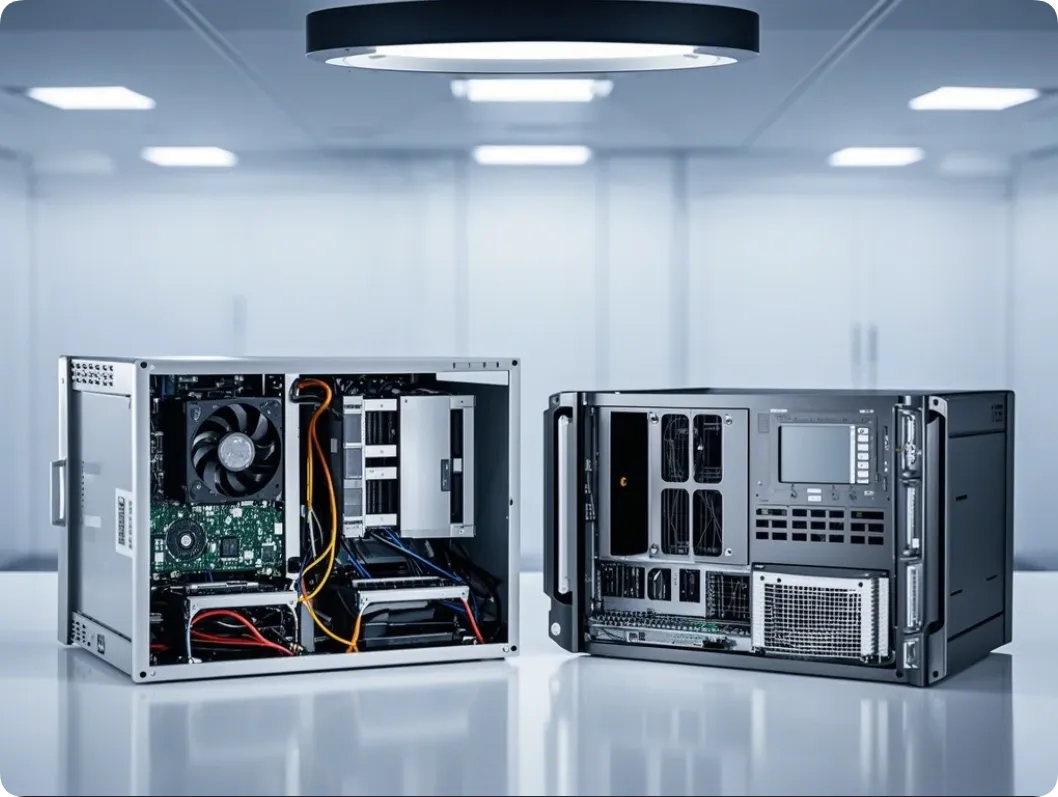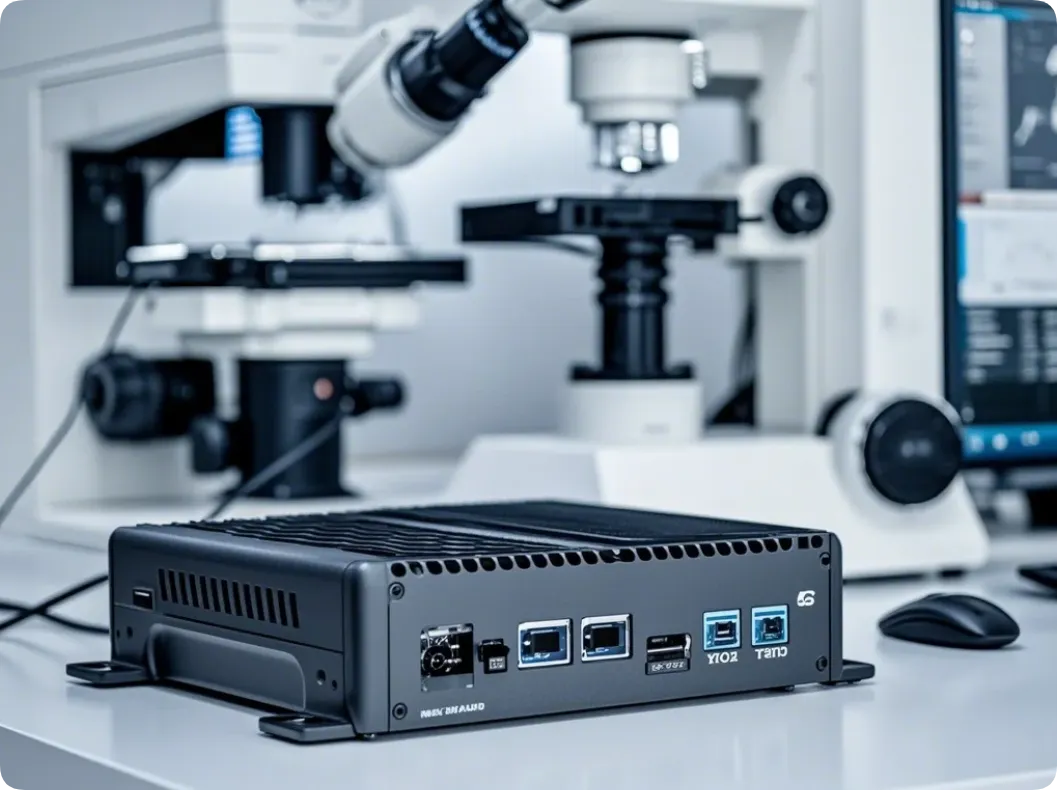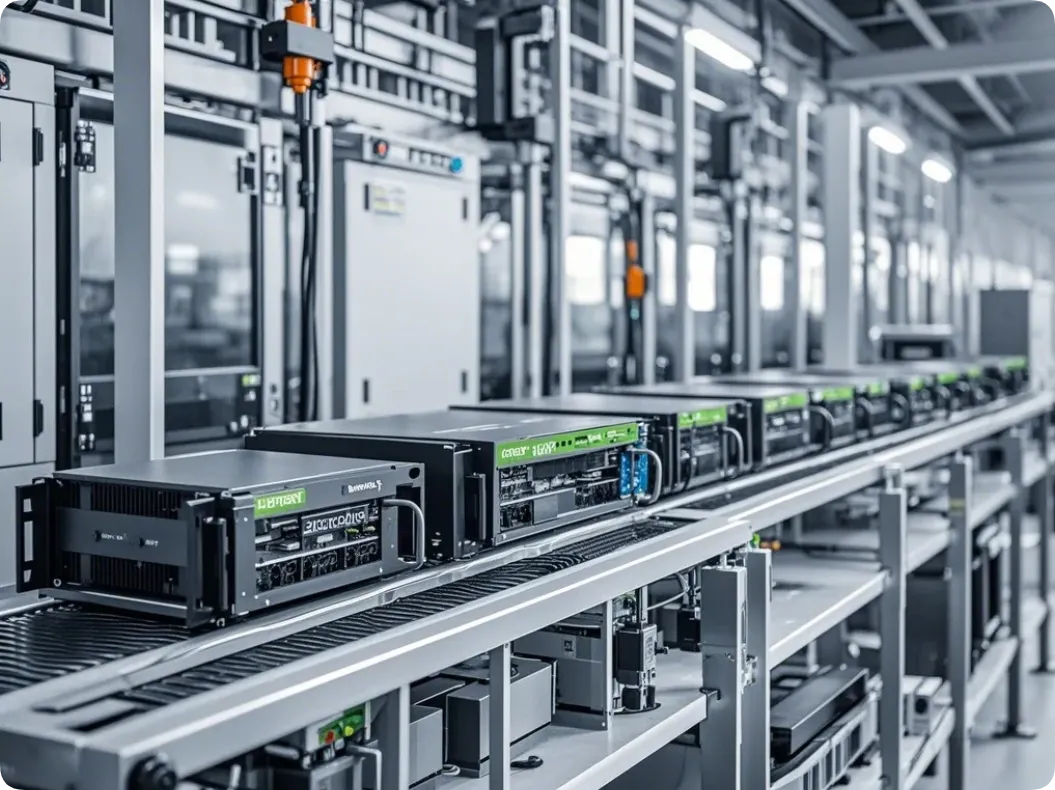In today’s fast-paced industrial landscape, businesses are constantly seeking ways to optimize efficiency, reduce costs, and enhance reliability. One innovation that has gained significant traction in recent years is the fanless industrial computer. Unlike traditional systems that rely on cooling fans, these ruggedized devices are designed to operate seamlessly in harsh environments while delivering unmatched performance. But what makes them stand out? Let’s dive into five key advantages of fanless industrial PCs: operational cost savings, superior shock resistance, compact size, noise-free operation, and why they’re becoming the go-to choice for modern industries.
Industrial computers are often deployed in environments where maintenance and downtime translate directly into financial losses. Traditional fan-cooled systems, while effective in some scenarios, come with hidden costs that add up over time. Fans are prone to mechanical wear, dust accumulation, and eventual failure—issues that demand frequent maintenance or part replacements.
Fanless industrial computers eliminate these pain points by removing moving parts entirely. Without fans, there’s no risk of dust clogging ventilation systems or bearings wearing out. This fan-free design translates to:
Reduced maintenance expenses: Fewer components mean fewer points of failure.
Extended lifespan: Solid-state fanless systems often outlast traditional setups by years.
Energy efficiency: Fans consume power; removing them lowers energy usage.

For example, a manufacturing plant using fanless PCs reported a 30% reduction in annual maintenance costs compared to its previous fan-cooled setup. Over a 5-year period, this adds up to substantial savings.
Industrial environments—think factories, oil rigs, or transportation systems—are rarely gentle on equipment. Constant vibrations, accidental impacts, and uneven surfaces can wreak havoc on traditional computers. Fans, with their delicate blades and motors, are particularly vulnerable to physical stress.
Fanless industrial computers are built to thrive in these conditions. Their ruggedized enclosures, often made of aluminum or reinforced steel, absorb shocks effectively. Additionally, the absence of moving parts ensures there’s nothing to dislodge or break during operation. Key benefits of fanless rugged systems include:
Reliability in extreme conditions: Ideal for mining, construction, or automotive testing.
Minimized downtime: No need to halt production for fan replacements.
Compliance with industry standards: Many fanless models meet MIL-STD-810G or IP67 ratings for shock/dust resistance.
A case study in the logistics sector revealed that switching to fanless solutions reduced equipment failure rates by 45% in high-vibration warehouse settings.
Space is a premium in industrial settings. Whether mounted on a robotic arm, embedded in a control panel, or installed in a tight server rack, every inch matters. Fanless computers excel here due to their streamlined, minimalist design.
By eliminating bulky fans and associated cooling systems, manufacturers can create ultra-compact devices without sacrificing performance. Advanced thermal management techniques—such as heat sinks, heat pipes, or passive cooling in fanless PCs—allow these systems to dissipate heat efficiently in small form factors. Advantages include:
Flexible installation: Deploy in confined spaces like machinery housings or IoT edge nodes.
Scalability: Easily integrate multiple fanless units into existing infrastructure.
Portability: Lightweight designs suit mobile applications, such as AGVs (Automated Guided Vehicles).
For instance, a renewable energy company reduced its control cabinet size by 40% by replacing legacy systems with fanless industrial PCs, freeing up space for additional sensors.
Noise pollution is an underrated challenge in industrial and commercial settings. The constant hum of cooling fans can disrupt communication, reduce employee focus, and even contribute to long-term hearing damage in extreme cases.
Fanless industrial computers operate in complete silence, making them ideal for noise-sensitive environments like:
Healthcare labs: Where precision equipment requires quiet conditions.
Office-adjacent control rooms: Minimizing distractions for staff.
Public spaces: Digital signage in libraries or museums.

A hospital’s diagnostic imaging department reported improved staff concentration and patient comfort after replacing noisy fan-cooled PCs with silent fanless alternatives.
The decision to adopt fanless technology hinges on more than just individual benefits—it’s about future-proofing operations. Here’s why industries are making the switch:
Adaptability: From freezing cold storage facilities to dusty construction sites, fanless systems perform reliably where others fail.
IoT readiness: Their compact size and low power consumption align perfectly with edge computing demands.
Sustainability: Longer lifespans and reduced e-waste contribute to greener operations.
A survey of automation engineers revealed that 68% prioritize fanless designs for new projects due to their reliability and cost-effectiveness.
Fanless industrial computers are not just a trend—they’re a strategic upgrade for businesses aiming to stay competitive. By lowering operational costs, surviving harsh conditions, saving space, operating silently, and offering unmatched versatility, these systems address the core challenges of modern industry.
Whether you’re automating a factory floor, managing a smart grid, or deploying IoT solutions, the fanless revolution promises durability, efficiency, and peace of mind. The question isn’t whether to adopt this technology—it’s how soon you can integrate it into your operations.

Consider BVS’s industrial fanless mini PCs—engineered with graphene-enhanced heat sinks, IP68-rated casings, and EMI-shielded ports. Explore our lineup to conquer hidden enemies and unlock unparalleled durability.

Click to confirm
Cancel